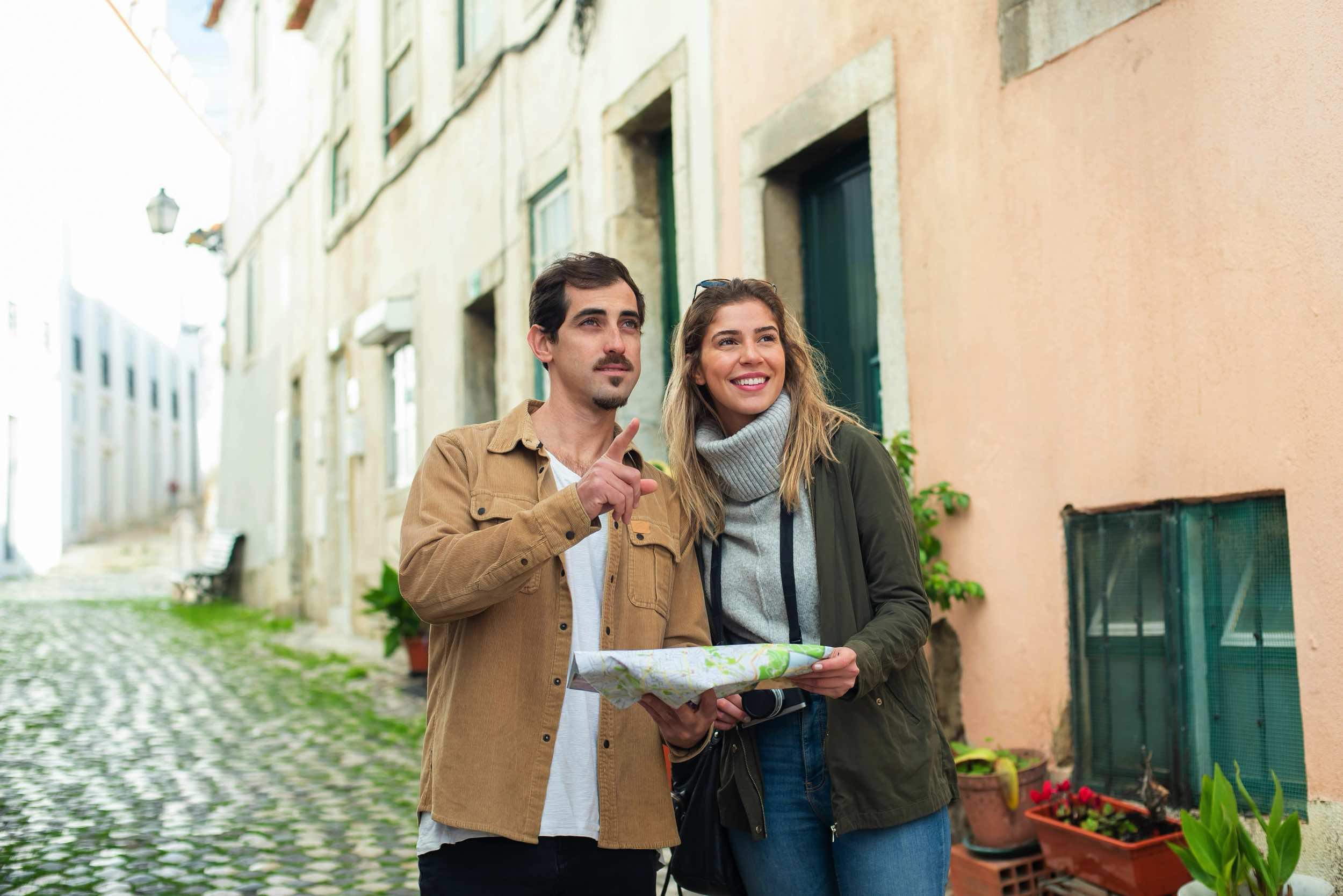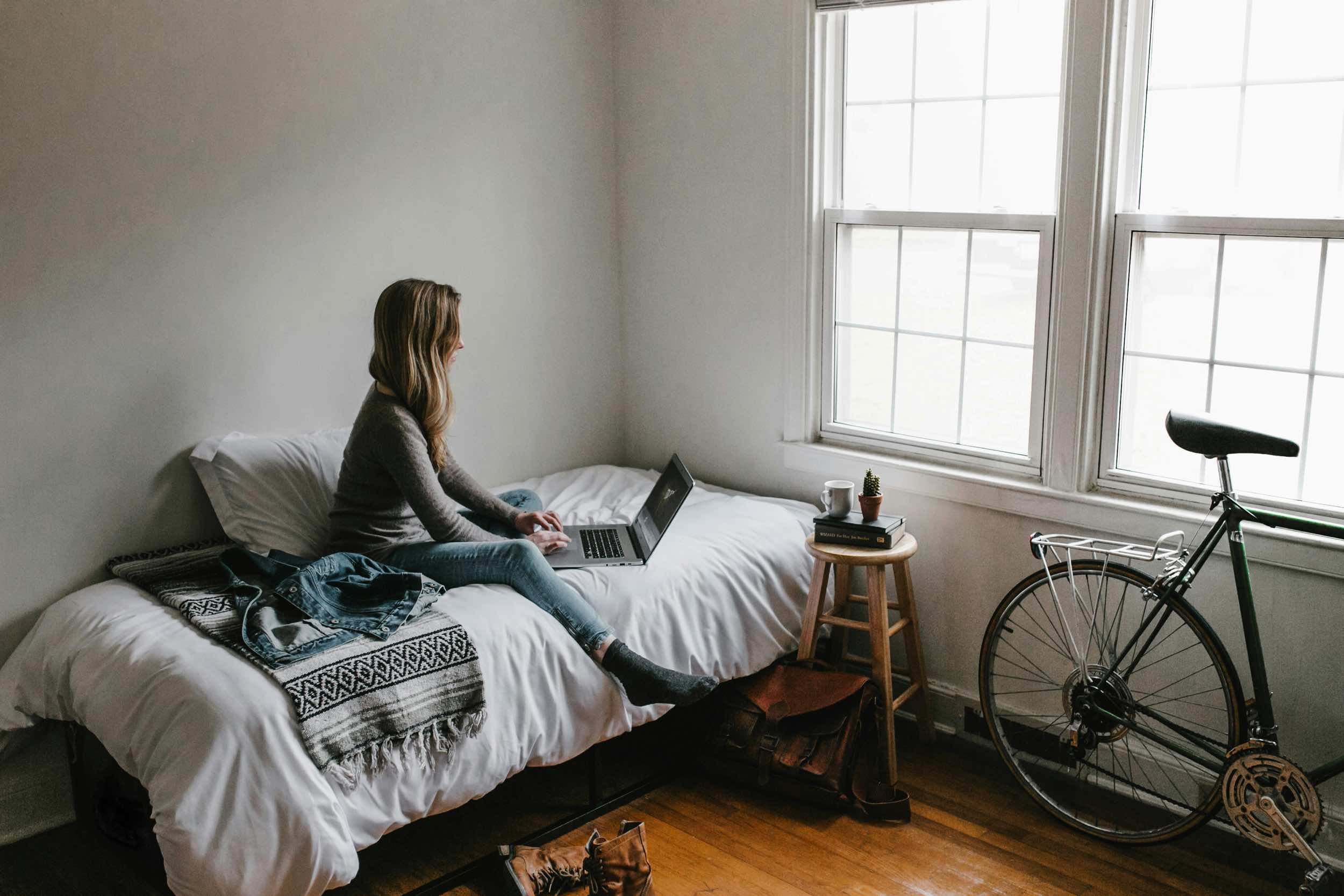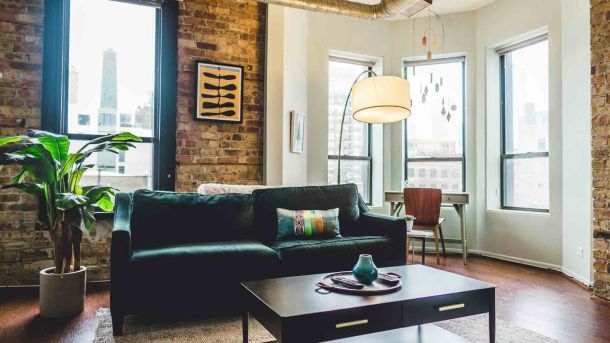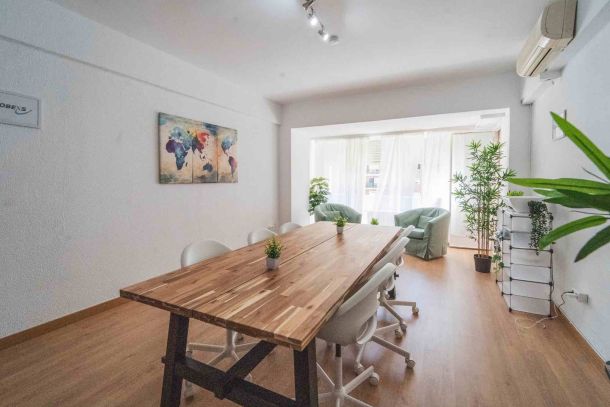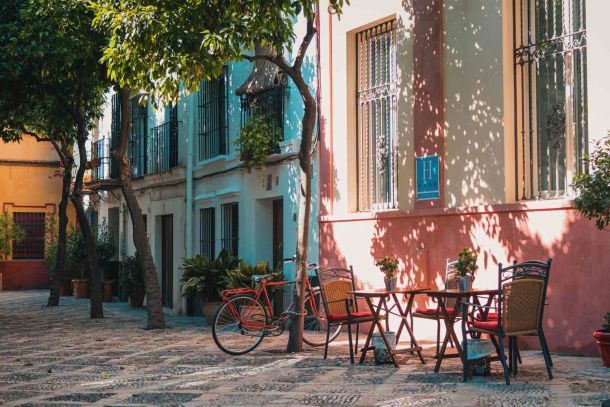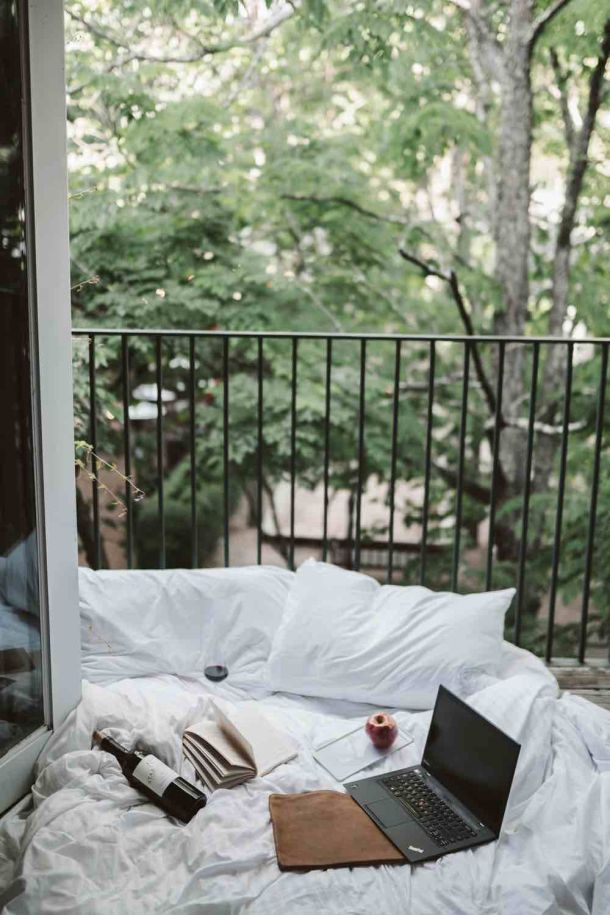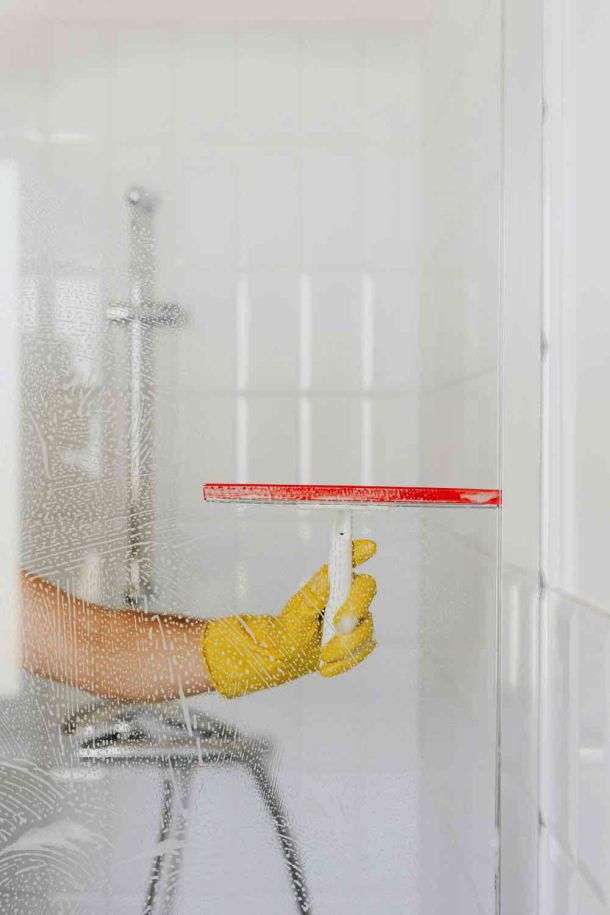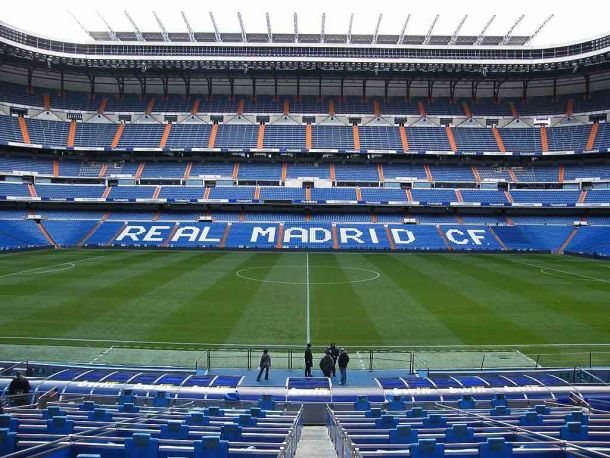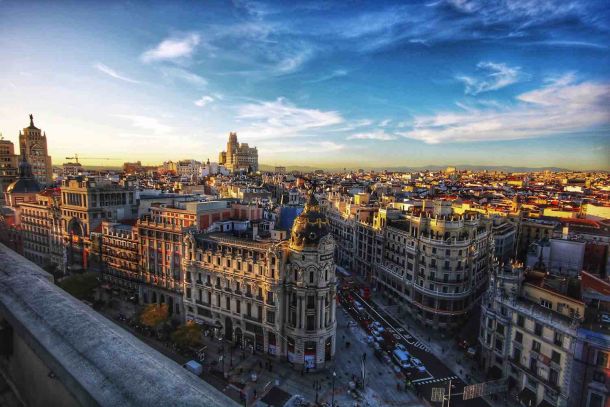Flex Living in Madrid
Moving to Madrid
Globexs offers a wide range of apartments for rent for expats moving to Madrid. Besides apartments we offer coliving communities for like minded digital nomads and remote workers, professionally run by a Globexs community manager.
Globexs has an office in the center of Madrid. Our clients in Madrid also enjoy convenient property management and cleaning services.
Join the Globexs Flex Living expat community in Madrid!
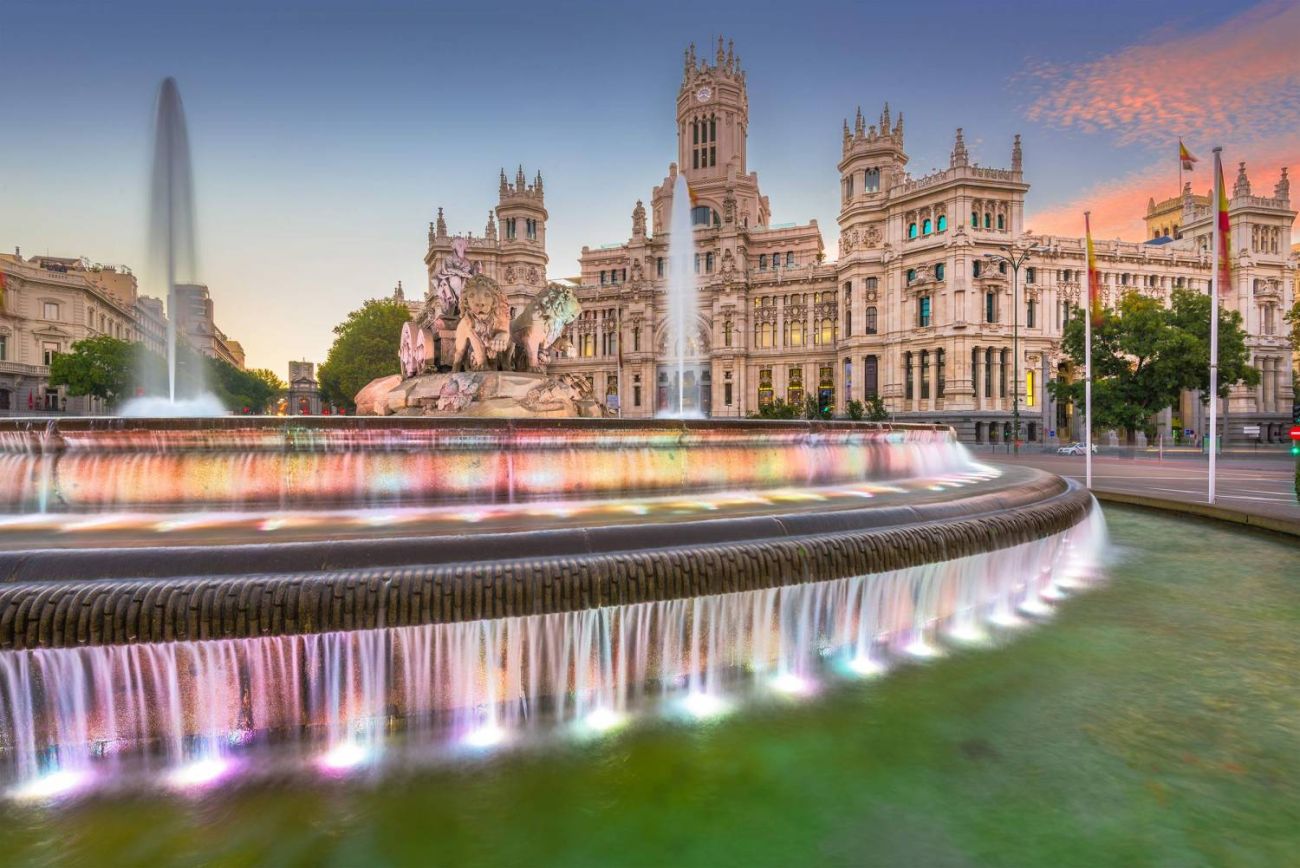
Globexs Flex Living services in Madrid
Interesting articles about Flex Living in Madrid
Check out the Globexs blog and read about Flex Living in Madrid and moving to Madrid:
You have a question? We have an answer.
The term Flex Living (short for FLEXIBLE LIVING) is an innovative rental model that offers maximum flexibility, customized services, and a sense of community to the tenant. It is the perfect housing model for people looking for comfort without a long term commitment. And… It is affordable!
Flex Living helps residents find a balance between independence and connection. It not only provides a viable alternative to traditional rentals, but also fosters the creation of vibrant resident communities.
Flex Living exists under different formats, focusing on a wide spectrum of audiences, budgets, and stays. Globexs, one of the larger operators of Flex Living in Spain and Belgium, identifies the following formats: Coliving communities, Cohousing communities, Serviced apartments and Senior living.
Globexs never rents apartments for tourism purposes, nor offers long term rentals. Globexs offers expat rentals:
- The apartments and houses are fully furnished
- The minimum stay is 1 month. The maximum stay is 11 months.
- The apartments are only intended for use as a temporary housing accommodation.
- Registration on the address is not allowed
- The tenants are not permitted to make it their principal or main place of residence.
- It is not permitted to exercise any trade or craft in the property, nor any other profession.
The owners of the apartments that Globexs offers to its customers have authorized Globexs to negotiate the price and the conditions of the rental with the tenants, and to sign the rental contract on their behalf. However, the owners of the apartments have the final word and need to approve to Globexs the conditions of every rental before Globexs can sign the rental contract on their behalf.
Every rental contract is a legal agreement between the owner of the apartment and the tenant. Globexs acts as an intermediate defending the interests of the owner and the tenant.
Regardless whether you have found a suitable apartment on Globexs.com or not, simply contact our rental agents. They will guide you through the process and the paperwork. Booking an apartment is fast and easy.
- You choose your apartment
- You submit the paperwork
- When your application is approved you receive the first invoice
- After payment your booking is pre-confirmed
- You sign the rental contract
- You wait for check-in instructions
If you have any questions, we are here to support you at every step.
Whenever practically possible, we are happy to make a viewing appointment for you. However, if the landlord is not available or if the current tenant of the apartment does not consent to a viewing, then it is unfortunately not possible. But not to worry, because most apartments on our platform are verified by a Globexs staff member.
No. It is strictly forbidden to register on the address of a Globexs apartment. Globexs apartments are for temporary use only. The tenant needs to fill out his main address on the rental contract, and needs to notice Globexs in writing if this main address changes. On the rental contract the tenant also needs to mention the reason for his temporary stay. The minimum stay in a Globexs apartment is 1 month, and the maximum stay is 11 months.
We verify the identity and solvency of all tenants. We need the following information / documentation:
- Your current address
- A valid government-issued identity document for each person moving in.
- If you are an employee: a copy of your employment contract or current payslips
- If your company pays the rent for you: a confirmation that they cover the monthly rent.
- If you are self-employed or a freelancer: financial evidence to confirm that you have enough financial liquidity to cover the monthly rent (e.g. a current bank account statement)
- If you are a student / intern: proof of enrollment or internship and financial evidence (e.g. a current bank account statement) or security by a third party including an income statement and a copy of the guarantor’s ID or passport
Do you want to know more about the Globexs services and rentals?
Our sales team is at your service.

